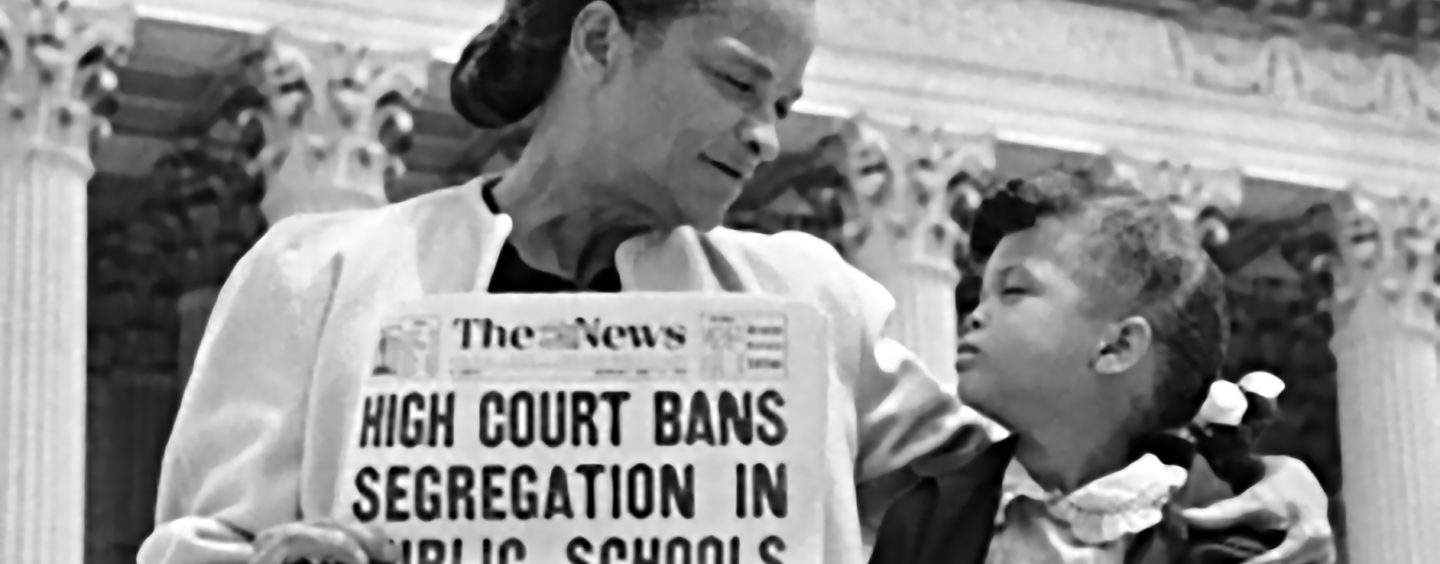
Therefore, though the Topeka authorities made sure that the principles of equality supported by the decision of the court should be introduced into every single educational establishment within the area, it did not provide the alternative to the system existing prior to the court ruling. On the last day of its term, the Supreme Court ordered desegregation to begin with ‘all deliberate speed.’ (Delinder, 23004, para. Originally the Court scheduled arguments on this subject for later in the year, but it did not hear what would become the third round of arguments in Brown until April 1955. Though the 1954 ruling declared racial segregation in public schools unconstitutional, it did not specify how this was to be remedied. higher education establishments leave much to be desired, as the research carried out in 2004 shows: The rates of inequality in most of the U.S. education establishments is truly upsetting, according to the 21 st-century reports. Unfortunately, the lack of equality in terms of interracial relationships in most of the U.S. Board of Education court ruling has had on it is true, the effects of the specified decision should come out in full blue after a surface analysis of the present-day education in the U.S. If the claim concerning the radical effects that the Brown v. Current Education System and the Effects that Brown vs.

Board of Education case is often considered to be the event signifying the acquisition of irrefutable rights for African Americans, as well as the event-related solely to the education system of the United States, the case, in fact, was a milestone for the entire African American movement for equal rights, and was only a minor step in the right direction, with a range of obstacles to be defeated. Thesis statementĭespite the fact that the Brown v. The court holding declared that segregation in schools was inadmissible since it prevented students from developing the social skills that they needed and did not comply with the key principles of U.S. The plaintiff claimed that the state legislation, which presupposed that separate education facilities should be provided to black and white students, was encouraging racial segregation and went against the Fifth Amendment of the U.S. Learn More Protocol and court decision: summaryĪccording to the protocol of the legal case, the plaintiff was represented by thirteen parents and their children, whereas the Topeka Board of Education was the defendant.


 0 kommentar(er)
0 kommentar(er)
